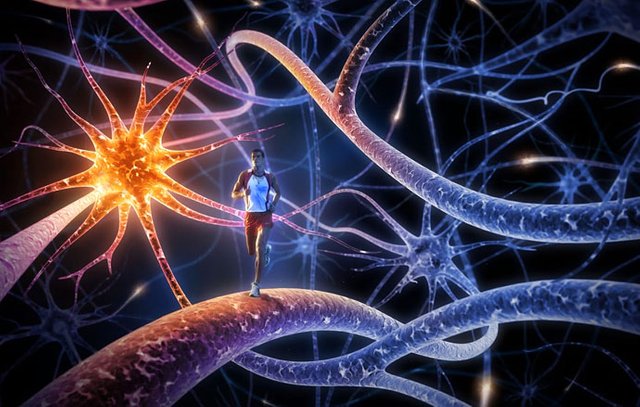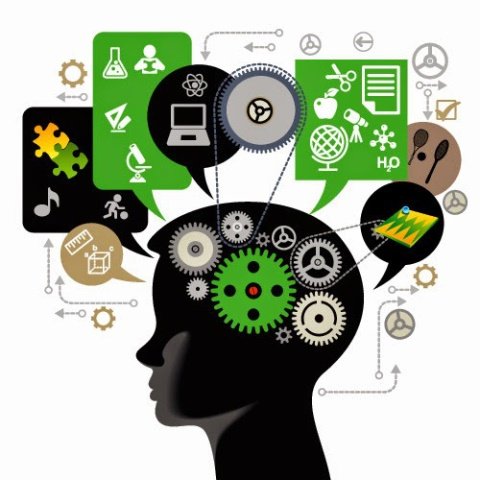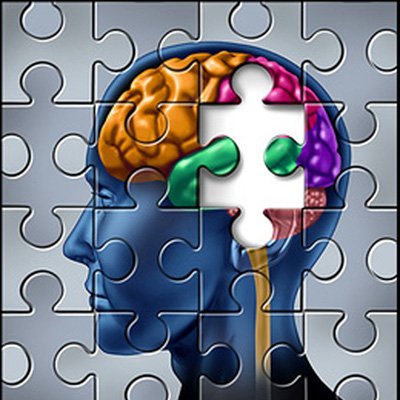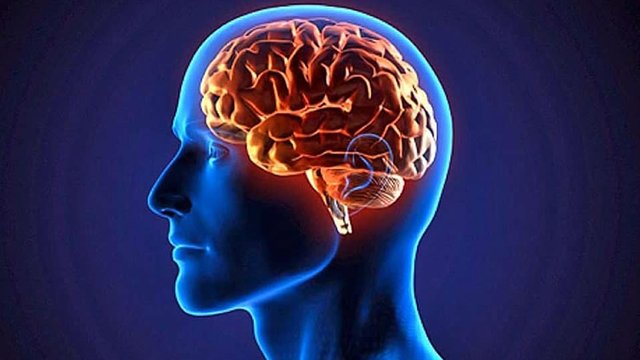The power of the brain
Good morning friends of steemit, I liked the previous topic about the human body then because I do not know more about the human body, this time I will talk about the power of the brain, quite interesting the subject.
The power of the brain
The brain allows us to think, learn and create, which would be impossible if we lacked memory. We forget the vast majority of things that happen to us, but the events, the data and the important capacities are stored, sometimes for life, in the long-term memory.
The limbic system is the part of the brain that intervenes in the imformation of memories and allows us to experience emotions. The dream is an altered state of consciousness: It allows the body to rest and the brain to process the information accumulated in the day, including the imformation of memories.
Limbic system
Deep in the brain, the limbic system gathers several structures that curve around the top of the nervous stem. This system controls emotions such as anger and joy, protects us from accidents and participates in memory. For example, the amygdala measures danger and produces fear, and the hippocampus allows us to recover and store memories.
Memory formation
Memories are formed in stages. The sensor memory retains a few seconds the leaky impressions, such as visions, noises and smells. Some sensorial memories access short-term memory, which deals with what has been thought and then forgotten. But when an event, such as going to a fair, causes a sensitive impression, then an intense pattern of neuronal activation is created that over time transforms into a long-term memory.

Connection
The experiences result from neurons that are activated according to a pattern. The formation of a long-term memory requires that the pattern of neuron activation that has accessed short-term memory be repeated. When a neuron receives a stimulus, it sends a nerve impulse to the neighboring neuron.
Link formation
The nerve impulses that are sent to the neurons create in these greater affinity of response with the emitting neuron. Between the neurons a temporary link is created, and it is more likely that in the future they will be activated together. The impulses that are sent later to the neighbors are inscribed in more neurons and the pattern is formed.
Stronger links
With repeated activation, which occurs when an event is remembered, the neural links of the pattern are reinforced. Then the neurons will be activated together no matter which one does it first. Links are more likely to develop when something causes a strong impression, like a stilt clown.
Expanding network
With subsequent repetition, the pattern is joined by other groups of neurons to form a network that represents long-term memory. The more complex this network is, the memory will be more accessible and permanent. Each conglomerate of cells represents a different aspect and a route to recover the memory completely.
Long-term memory
Procedural
Processive memories are abilities, such as playing the piano, which are acquired through practice. They are stored in the putamen, part of the brain that deals with complex movement. Without the process memory, children would forget how to aminar, and adolescents would forget how to use a telephone.
Semantics
Semantic memory, in temporal lobes, deals with words and language, with facts and their meaning, and with the way we use them to understand our environment. Reading and writing require that we conserve in semantic memory the meaning of words or symbols.
Episodic
Distributed throughout the cortex, the episodic memory records specific events, such as the first day at school, a wedding or a party. Looking at photographs is a way to "exercise" our episodic memory, so that it remembers the main events of an era.

Short-term memory
This memory retains enough for us to act the visions, sounds and other sensations that we have. So, if you give us a phone number, we will keep it for as long as it is necessary to dial it. Short-term memory also works as a notebook where we "write down" part of the solution to a problem, as well as the ideas contained in a text as we read it. Almost all short-term memories are retained for a few seconds and then lost; the important ones go through the hippocampus towards long-term memory.

